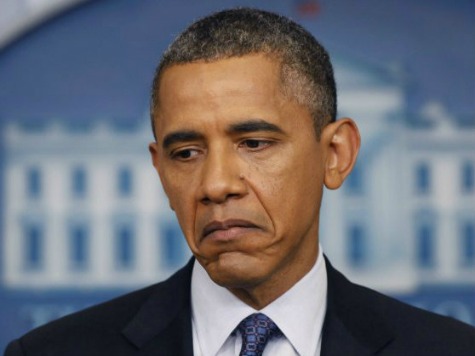
An Obama administration initiative that claims to encourage public-private partnerships to help the poor is having problems getting private donors to get onboard. One of the reasons for the lack of private contributions is that the Social Innovation Fund (SIF) may well be another step toward the “politicization of charity,” or government picking and choosing which charities get to survive.
In 2009, the Obama administration established the SIF for the purpose of “scaling up” existing programs for the poor in three areas: “economic opportunity, healthy futures, and youth development.”
According to City Journal, the SIF process has been that the White House would choose various foundations and other grant-making organizations that to, in turn, identify potential grant recipients. Those charities would receive funds from both the government and these “intermediary” organizations but would also have to agree to raise a matching amount from private donors.
Thus far, only 40 percent of the SIF’s projected amount of $350 million has been realized from private donors, and only 31 percent of grant recipients have raised their matching funds. Meanwhile, private donors in the U.S. increased their overall donations to charities to $298 billion in 2011; giving is indeed up, but not for SIF projects.
Why might private donors be reluctant to participate in the SIF?
First, the SIF mission statement claims that, through the initiative, the government will “be a catalyst for impact–mobilizing public and private resources to find and grow community-based nonprofits with evidence of strong results.” The statement indicates that the grant recipients selected would be those that demonstrate “innovative program models.”
However, according to City Journal:
In reality, though, dozens of organizations – in 33 states and 100 cities – have received grants, and they include many long-established social-services organizations and even government agencies, such as public-housing authorities and public television. Indeed, the fund’s bureaucratic hurdles, including an evaluation procedure with an 80-page instruction form, likely favor these entrenched groups. It’s hard for potential donors who had read the exciting mission statement to avoid concluding that the SIF is essentially a grab bag of standard social-services grants that public officials and organizations would like to take credit for.
It is also interesting to take a look at donors who have already contributed to the SIF. Banks, health care companies, and even Freddie Mac have donated to the initiative, as well as the Ford Foundation and George Soros’ Open Society Institute. Clearly, liberal causes can benefit greatly from the SIF.
Is it at all surprising that, under the Obama administration, a step would be taken toward the politicization of charity; a step in which the government has the power to decide which programs deserve charitable support by granting tax deductions for charitable donations only to donors who contribute to “government-approved” causes?
City Journal rightly calls this act of government picking and choosing charities the “Solyndraization of philanthropy, a system in which private giving becomes so deeply embedded with and dependent on government discretion that the line between the two blurs.”

COMMENTS
Please let us know if you're having issues with commenting.